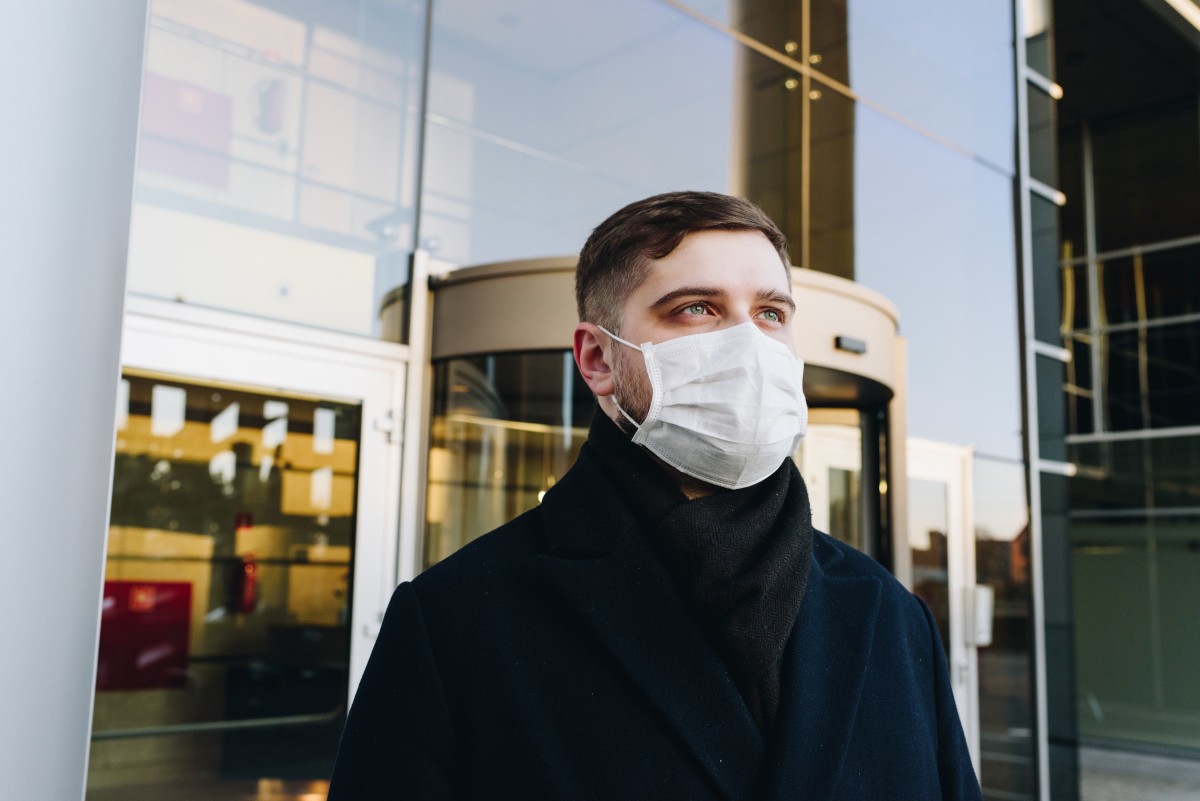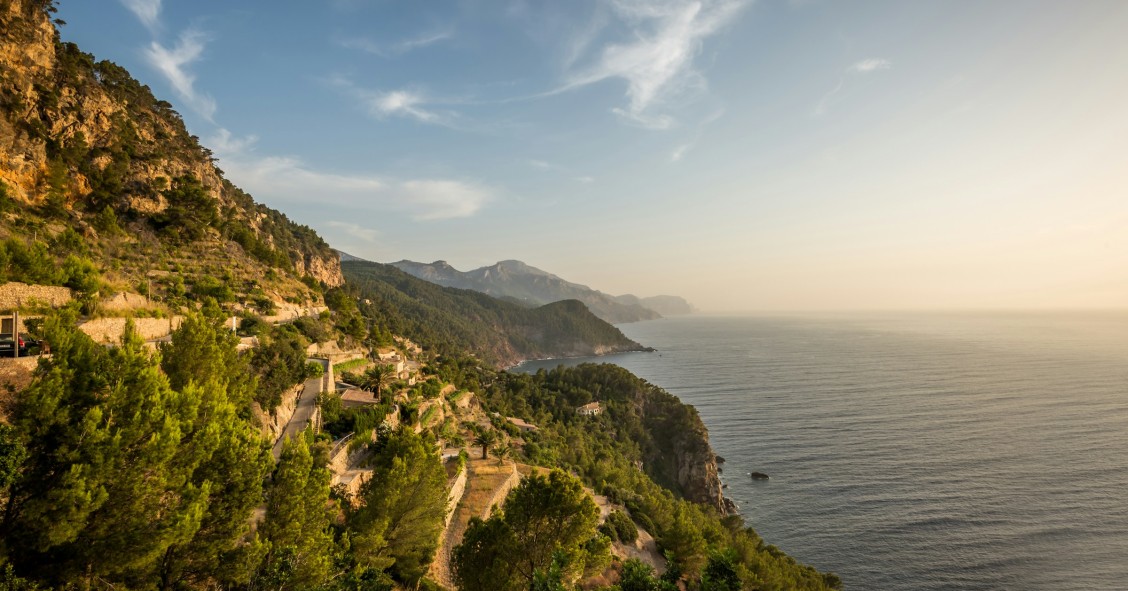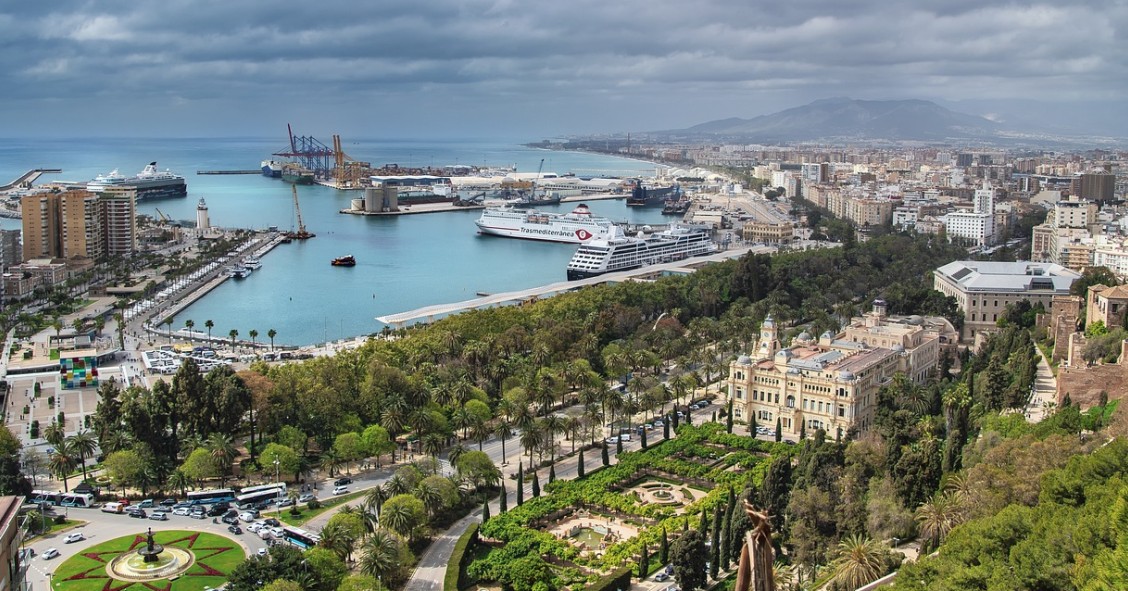
Last weekend, Spain’s Official State Gazette (BOE) published a set of new measures that are part of a gradual recovery plan to get the country out of the strict lockdown that was introduced in March in a bid to stop the spread of the COVID-19 pandemic. The relaxation of the lockdown rules and regulations will take place over 4 distinct stages: each of the phases will have a minimum duration of 2 weeks, which is the incubation period of the coronavirus disease.
All of this means that, if everything goes according to plan, at the end of June Spain will become a country living in the so-called new normal or “nueva normalidad” but things are highly subject to change. The reopening plan will be considered on a province by province basis with the government’s instructions specifying the conditions and criteria that individual provinces must meet in order to proceed to the next state of “de-escalation”. Let’s have a look at these criteria and the outline for each phase.
How can a province move onto the next stage of reopening?
Each change of phase will depend on the following 4 aspects:
- The “capacity of the health system”, with special attention to the pressure on the ICU and the number of beds available.
- The epidemiological situation in the given area: this includes testing and the infection rate.
- The protection measures in public spaces and whether there has been compliance of such measures.
- The mobility and socioeconomic data.
Phase 0
Phase 0 of Spain’s plans to get out of lockdown is already underway across the whole country having started on 4th May, excluding certain Canary Islands (La Gomera, El Hierro and La Graciosa) and the Balearic Island of Formentera, which already find themselves in phase 1. The rest of the country will not reach that stage until 11th May, in theory.
In summary, this phase has seen changes in car driving, the opening of some businesses (less than 400m2) with previous appointment and relaxation of freedom of movement rules. How many people can travel together in a car? From the start of this phase, 2 people are now allowed in each row of seats if they live in the same household with the compulsory use of face masks. From phase 2, if you are travelling with a member of your household, masks will no longer be necessary. If passengers don’t live together, the previous regulation of one passenger per row still stands and once again the use of face masks doesn’t come as optional. Masks on public transport are also compulsory.
Restaurants with food delivery service, hairdressers, opticians and estate agents can now open, amongst others, all having to apply a prior appointment system. These measures are in addition to the regulations allowing children go out to play for an hour (from April 26th), with the addition of individual sports and walks for adults for one hour per day with designated time slots. Walks are allowed in groups of 2 if both parties live in the same household.
Phase 1
If phase 0 goes according to plan, then the provinces that meet the criteria will be allowed to move onto phase 1 on 11th May. This is the first real stage of reopening, phase 0 being regarded as a preparatory stage. This period will last for 2 weeks minimum until at least 24th May. In this stage, some new rules will be introduced and the following things are outlined to change:
- Freedom of movement: residents will have the possibility of moving around the province they live in.
- Journeys to second homes: this freedom of movement, according to the government, has now changed and phase 1 allows journeys to second homes but only if they are located in the same province. Moving to another province is forbidden.
- Social gatherings of up to 10 people in private spaces will be permitted, respecting the physical distance of 2 metres.
- Larger shops and shopping centres may open at 30% capacity with gathering in common and recreational areas prohibited. Businesses are also asking the government to introduce more flexible opening hours to help businesses get back on their feet.
- Bars and restaurants: the opening of bar and restaurant terraces at 50% of their capacity will be allowed. The government had proposed 30% but representatives from the sector made a formal complaint, given the effect this would have on their revenue.
- Hotels and tourist accommodation: hotels and other types of accommodation will be allowed to open to guests who live in the same province, but common areas will not be in use and management must implement a preferential schedule for people over 65 years of age.
- Non-professional sport: activities that do not involve physical contact or the use of changing rooms will be permitted.
- Museums: Museums will be allowed to open with one-third of the capacity of visitors with the same rule applying to cultural events. If a cultural event is held outside, a maximum of 200 attendees is permitted.
- Places of worship: churches and any other places of worship can open with their capacity also limited to 30%.
- Open-air markets can reopen but will be limited to 25% of their usual capacity.
Phase 2
This stage of reopening Spain is known as the intermediate phase and at the earliest, this phase will begin on 25th May, once again subject to examination. The earliest end date for this phase is 7th June.
- Bars and restaurants: these establishments will be allowed to open with table service only but will operate with a limited capacity.
- Moving between provinces remains prohibited.
- Cinemas and theatres will reopen with a third of their capacity and cultural events will be allowed if the number of attendees is fewer than 50 and they must be seated. If an event is outdoors, this number will be increased to 400.
- Cultural activities with less than 50 people seated indoors. If they are outdoors activities, less than 400 people seated will be allowed.
- Schools: officially and for the majority of pupils, the school year will start in September, but in this phase exceptions have been put in place to reopen educational centers to offer support to parents of children aged under six who cannot work from home, as well as for those students preparing their university entrance exams known as “selectividad”.
- Weddings will be allowed with a limited number of attendees. The celebration may only include a ceremony and not a banquet.
- Places of worship: The capacity will be increased to 50%, instead of the 30% of the previous phase.
Phase 3
This is the final stage of Spain’s reopening plan for now. This advanced state will begin on 8th June at the earliest in areas that meet the requirements and will see a further relaxation of capacity restrictions in restaurants and cafés, however the public will have to remain separated and adhere to strict distancing measures. Restrictions on mobility in general will be relaxed, and shops will be able to increase their capacity to up to 50%. During this phase, nightclubs will be able to open, again at a maximum of a third of their usual capacity, as well as beaches. All these measures take into account that citizens must obey specified safety and distancing conditions.
Phase 4
The final phase or stage 4 of the reopening plan will start on 22nd June for those Spanish territories that pass the 4-criteria requirements at each stage. This means that at the end of June, if the number of COVID-19 cases continues to reduce, Spain will formally complete its reopening process in a bid to get out of lockdown, and we will finally be living in the frequently mentioned "new normal".





